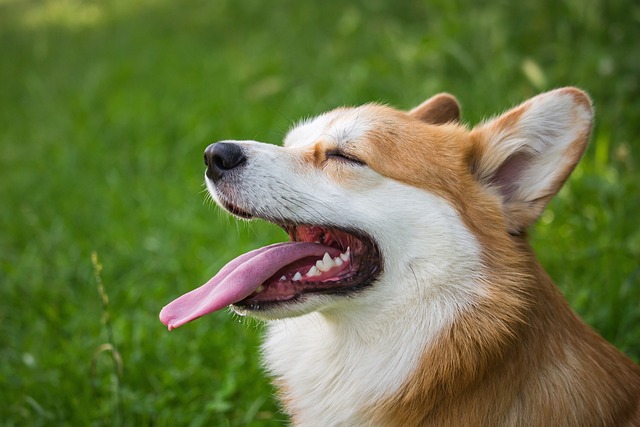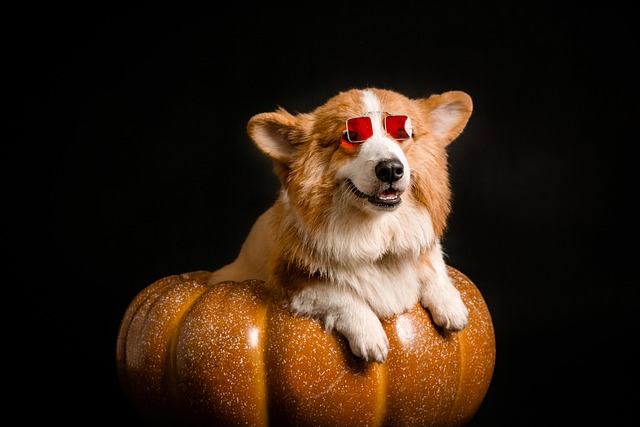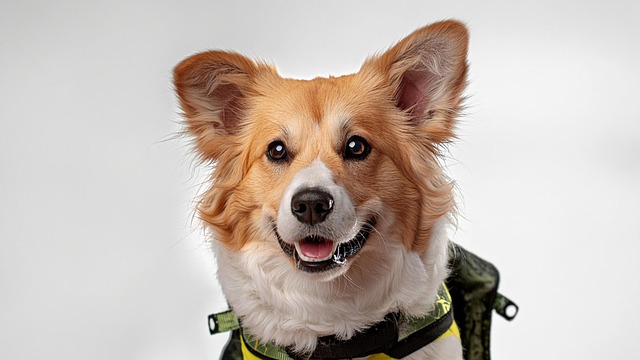
What vitamin is good for dogs' skin
Seeing your dog constantly scratch or noticing dry, flaky skin can make you wonder if a simple vitamin might be the solution.
Ever noticed your dog constantly hovering over their water bowl or making frequent trips outside to pee? That's not just a quirk—excessive drinking, or polydipsia, in dogs can signal serious underlying issues. While it's normal for dogs to hydrate more after exercise or on hot days, persistent thirst that disrupts their routine warrants attention.
A sudden increase in water intake often mirrors changes in your dog's health. Kidney disease, diabetes, and Cushing's syndrome top the list of medical culprits. But it isn't always about chronic conditions—even urinary tract infections can make your pup guzzle water. Certain medications, like steroids, can also trigger thirst. Pay attention to other symptoms; if increased drinking pairs with weight loss, vomiting, or lethargy, it’s time to call your vet.
Understanding local regulations is crucial when managing your dog's health. In many areas, neglecting veterinary care for treatable conditions like excessive thirst could be considered animal welfare violation. Remember, responsible pet ownership includes regular check-ups. Most municipalities require dogs to have up-to-date vaccinations and licenses, which often involve vet visits where underlying health issues can be caught early.
 Daily routines help spot abnormal behavior. Compare your dog's current water consumption to their normal pattern. A good rule of thumb? Dogs typically drink about 1 ounce of water per pound of body weight daily. If your 50-pound Labrador suddenly drains two gallons in 24 hours, that’s a red flag. Keep a log of how much they drink, when they pee, and any changes in appetite—it’ll provide valuable data for your vet.
Daily routines help spot abnormal behavior. Compare your dog's current water consumption to their normal pattern. A good rule of thumb? Dogs typically drink about 1 ounce of water per pound of body weight daily. If your 50-pound Labrador suddenly drains two gallons in 24 hours, that’s a red flag. Keep a log of how much they drink, when they pee, and any changes in appetite—it’ll provide valuable data for your vet.
Environmental factors play a role too. Dogs left outside on sweltering days or without proper ventilation might drink more. But if the AC’s running and your indoor pup still can’t get enough water, it’s likely medical. Some breeds, like Labrador Retrievers and German Shepherds, are prone to certain conditions that cause thirst, so be extra vigilant if you own one of these breeds.
Diagnosing the root cause involves vet tests. Blood work reveals kidney and liver function, while urine analysis checks for infections or diabetes. Once diagnosed, treatment varies. For diabetes, insulin injections manage blood sugar; kidney disease might require a special diet. Owners often worry about costs, but many vets offer payment plans, and pet insurance can cover a significant portion of diagnostics and treatment.
Caring for a dog with excessive thirst means adapting your lifestyle. You might need to take more frequent potty breaks, especially at night. Keep fresh water accessible but monitor intake. When traveling, pack extra supplies and research pet-friendly vets along your route. Remember, these adjustments show your commitment to your furry friend’s well-being.
Addressing excessive drinking early improves your dog’s quality of life. Whether it’s a simple fix or a long-term management plan, your proactive approach makes all the difference. Your dog relies on you to notice the small changes, and by staying informed and seeking professional help, you’re ensuring they live their happiest, healthiest life.

Seeing your dog constantly scratch or noticing dry, flaky skin can make you wonder if a simple vitamin might be the solution.

If you’re a new dog parent in the US—maybe you’re sitting on your Portland apartment couch, staring at your 1-year-old Australian Shepherd

If you’re a new dog parent in the US—maybe you’re sitting on your Atlanta apartment floor, holding your 6-week-old Beagle puppy, Daisy, who’s curled up in your lap

If you’re a new dog parent in the US—maybe you’re standing in your Denver apartment’s kitchen, staring at a bag of high-quality puppy kibble and a bottle

Seeing your puppy grow daily is amazing, and it’s natural to want to give them every advantage, including supplements.

Brown stains on white dog fur aren’t just unsightly—they can also hint at underlying issues like tear duct irritation or poor grooming habits, which matter even more when you’re following local pet care laws.